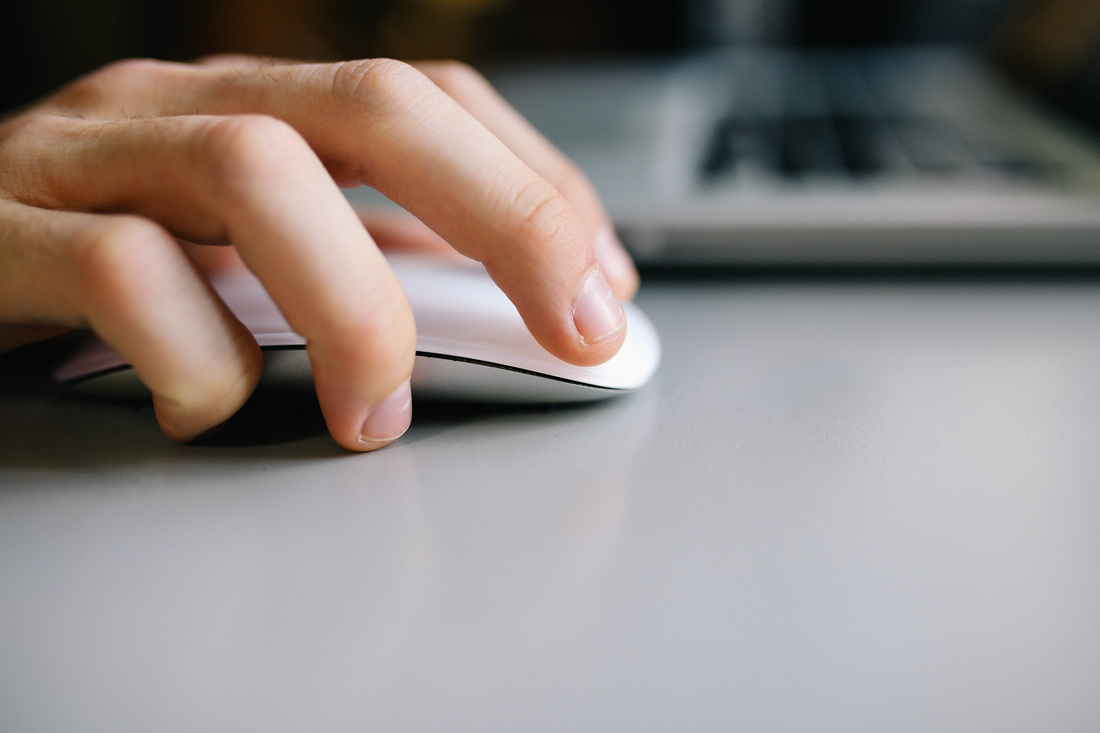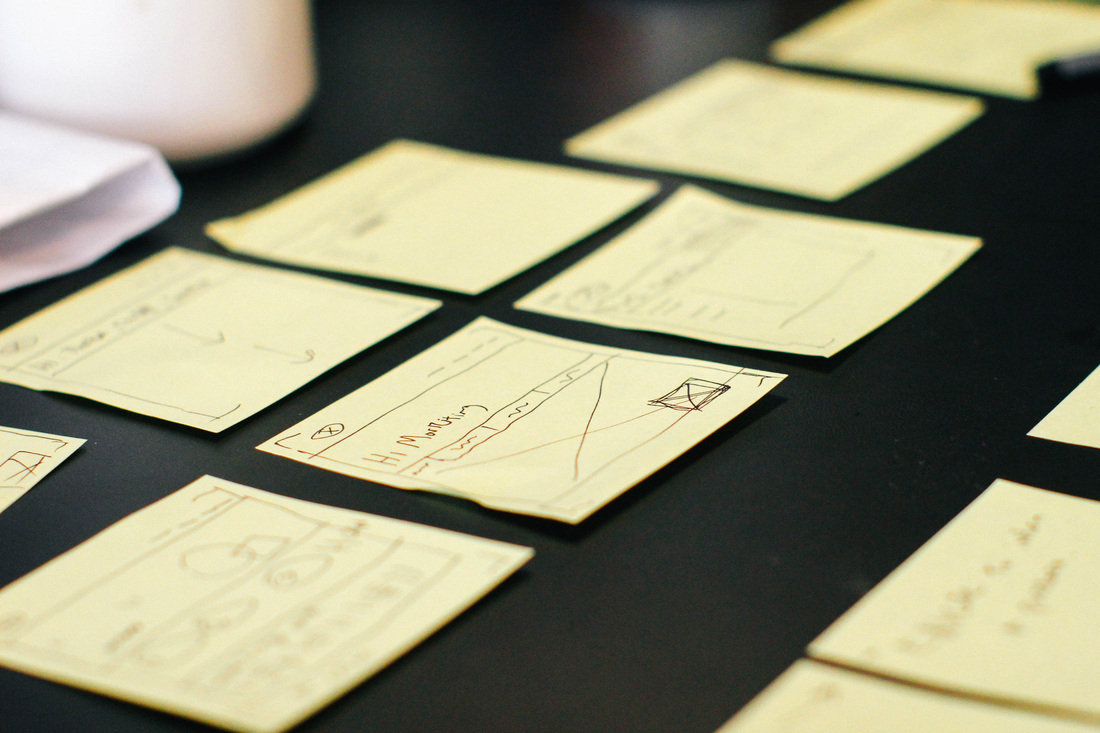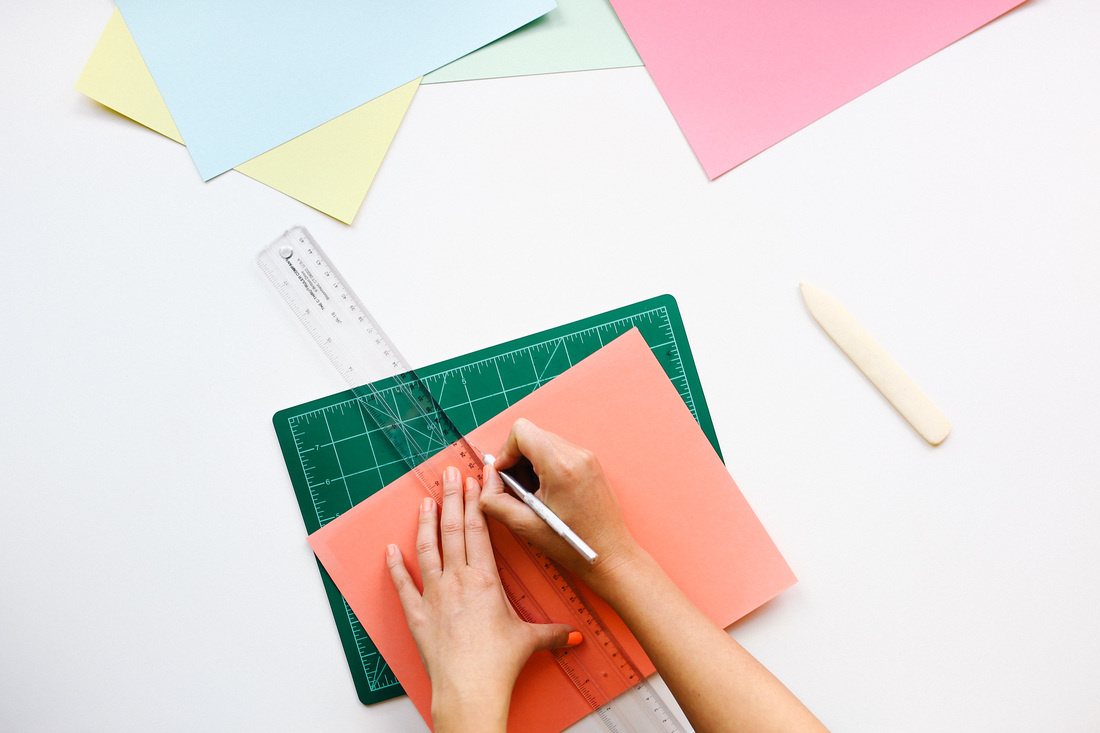Reflect
The reflection comes after you complete your project. You will review your overall process and write about your experience. Write about what you learned. Write about what was a challenge for you or what surprises did you experience during the process? The reason why it is important to write about your experience is you review your artistic process. You relive the project and begin to build connections in your brain about how you created original artwork. By explaining your process, discoveries, an unexpected accidents you gain a better understanding of how you create art.
Another way to reflect is to examine how you experienced artistic behaviors in your process. With each artistic behavior there are some questions that can help guide your writing. Review the artistic behaviors and see how do they apply to your experience.
Another way to reflect is to examine how you experienced artistic behaviors in your process. With each artistic behavior there are some questions that can help guide your writing. Review the artistic behaviors and see how do they apply to your experience.
Writing Levels:
Reflecting on your project once it is complete is a great way to review your progress and the things you learned about. This allows you to process what you have discovered during the process and explain your experience through writing. Your writing needs to show your thoughts are a little deeper than very surface level explanations. You need to write using complete sentences to form paragraphs. English grammar, spelling, and punctuation.
The rubric below will show you examples of three levels of writing.
Level 3 - Your writing analyzes your work process honestly and explains your thinking clearly using art vocabulary. Your pictures provide visual evidence to support your writing.
“For this project I used oil pastels, and ended up gaining more proficiency then I had before. I learned that you can use the burnishing technique with oil pastels too. Not only does this make the colors look more vibrant but it also blends better if you apply it in layers. Using this technique, I colored the flamingos pink with peach, yellow, red and white pastels. They blended well and and gave the flamingos a natural color.”
“I learned many new techniques and processes while doing the sphere warm-up. I learned how to shade the whole sphere the local color, and then layer on colors to give the sphere more depth. The darkest color is the core shadow, and the lightest color is around the sphere's highlight. I also learned how to layer colors on top of one another in order to get the shade that you need. I gained skill with colored pencils because I learned how the amount of weight you put on the pencil determines how dark the shading is.”
Level 2 - Your writing is surface level, thoughts aren’t clearly explained. Your photos are related to what you write about but don’t provide clear evidence.
“My art was original. I found a picture of a bird to use as inspiration but I changed things. This made my art my own.”
To make it a three explain why you think your art is original, describe how you changed the picture and add art vocabulary.
“My art is original because I took an idea I found on Pinterest and made it my own by changing the bird to a fish. I also included a sunset for the background instead of solid black like the original because I wanted to include a beach theme. I used a picture I took on a family trip for the sunset, which made the drawing even more my own because the photo was my work”.
Level 1- Your writing is general and could apply to anyone’s work, thoughts aren’t explained. Your photos aren’t connected to your writing.
“My art is original because I did it. I came up with the ideas and that makes it my own. I’m really happy with my work.”
Created by Melissa Purtee
www.openartroom.com
The rubric below will show you examples of three levels of writing.
Level 3 - Your writing analyzes your work process honestly and explains your thinking clearly using art vocabulary. Your pictures provide visual evidence to support your writing.
“For this project I used oil pastels, and ended up gaining more proficiency then I had before. I learned that you can use the burnishing technique with oil pastels too. Not only does this make the colors look more vibrant but it also blends better if you apply it in layers. Using this technique, I colored the flamingos pink with peach, yellow, red and white pastels. They blended well and and gave the flamingos a natural color.”
“I learned many new techniques and processes while doing the sphere warm-up. I learned how to shade the whole sphere the local color, and then layer on colors to give the sphere more depth. The darkest color is the core shadow, and the lightest color is around the sphere's highlight. I also learned how to layer colors on top of one another in order to get the shade that you need. I gained skill with colored pencils because I learned how the amount of weight you put on the pencil determines how dark the shading is.”
Level 2 - Your writing is surface level, thoughts aren’t clearly explained. Your photos are related to what you write about but don’t provide clear evidence.
“My art was original. I found a picture of a bird to use as inspiration but I changed things. This made my art my own.”
To make it a three explain why you think your art is original, describe how you changed the picture and add art vocabulary.
“My art is original because I took an idea I found on Pinterest and made it my own by changing the bird to a fish. I also included a sunset for the background instead of solid black like the original because I wanted to include a beach theme. I used a picture I took on a family trip for the sunset, which made the drawing even more my own because the photo was my work”.
Level 1- Your writing is general and could apply to anyone’s work, thoughts aren’t explained. Your photos aren’t connected to your writing.
“My art is original because I did it. I came up with the ideas and that makes it my own. I’m really happy with my work.”
Created by Melissa Purtee
www.openartroom.com
How to Write an Artist Statement:
| artist-statement-flow-chart-final1.pdf | |
| File Size: | 222 kb |
| File Type: | |




